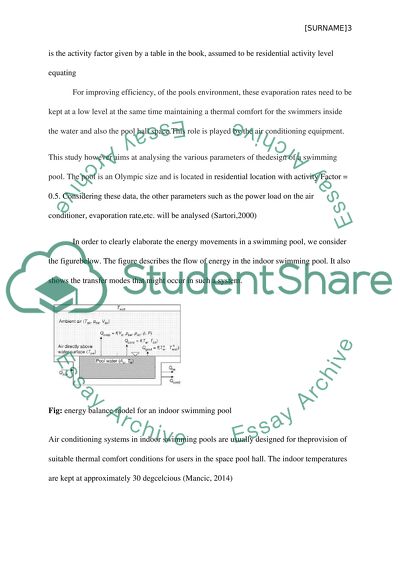Cite this document
(“Applied Thermodynamics Design Project Research Paper”, n.d.)
Retrieved from https://studentshare.org/design-technology/1670365-applied-thermodynamics-design-project
Retrieved from https://studentshare.org/design-technology/1670365-applied-thermodynamics-design-project
(Applied Thermodynamics Design Project Research Paper)
https://studentshare.org/design-technology/1670365-applied-thermodynamics-design-project.
https://studentshare.org/design-technology/1670365-applied-thermodynamics-design-project.
“Applied Thermodynamics Design Project Research Paper”, n.d. https://studentshare.org/design-technology/1670365-applied-thermodynamics-design-project.


